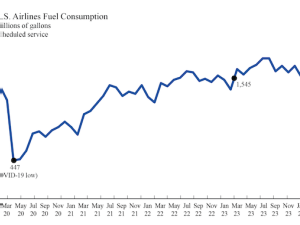Germany has relaxed air radio navigation rules to speed up the permitting process for onshore wind turbines, as it seeks to expand renewables output.
It’s another key step for the wind industry after a European Union deal this week that will accelerate renewable permits. The country — the continent’s industrial powerhouse — has been particularly affected by Moscow’s curtailment of gas, but its clean energy transition is still too slow to become independent from Russian fuel.
Under the new measures, protection areas for 39 of the 40 DVOR radio navigation systems have been cut by more than half to a radius of 7 kilometers (4.3 miles). That will open up more space for renewable installations.
“This is an important push for the expansion of onshore wind energy,” Economy Minister Robert Habeck said. “In this way, around 4 to 5 gigawatts of installed capacity in the field of onshore wind energy can also be approved and built, which corresponds to more than 1,000 new wind turbines.”

Investment in German onshore wind has lagged behind some other countries due to issues including lengthy approval procedures. Permits for new installations currently take more than two years, more than twice as long as the European Commission’s target, a recent government report found.
Germany wants to boost the share of renewables in its energy mix to 80% by 2030, from a previous goal of 65%. To do so, the country will need to expand its onshore wind by sixfold, the report showed.
Radio systems have proved a hindrance to wind-permitting procedures, though some studies have said that the impact of turbines on flight traffic isn’t as bad as previously feared. Now that German air traffic control has allowed revising the interference limit on rotary beacons, it will be easier to install more turbines.
The country on Monday also reached a compromise that’s good news for renewables at an EU energy ministers meeting as part of a deal for a gas price cap.
German wind priority areas are now recognized as “go-to areas,” meaning member states may refrain from carrying out further environmental impact assessments if a strategic environmental assessment has already taken place at plan level.








